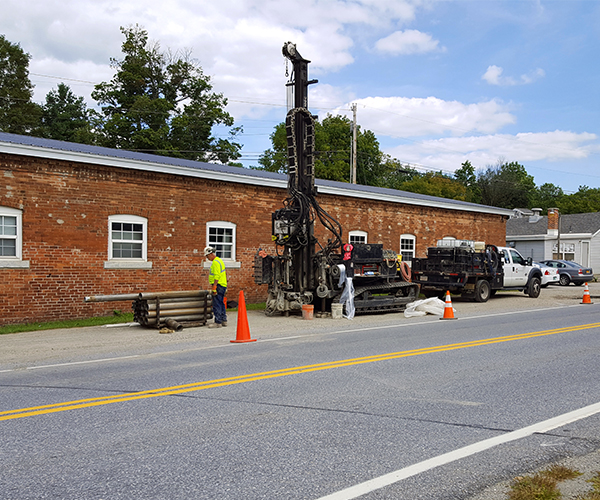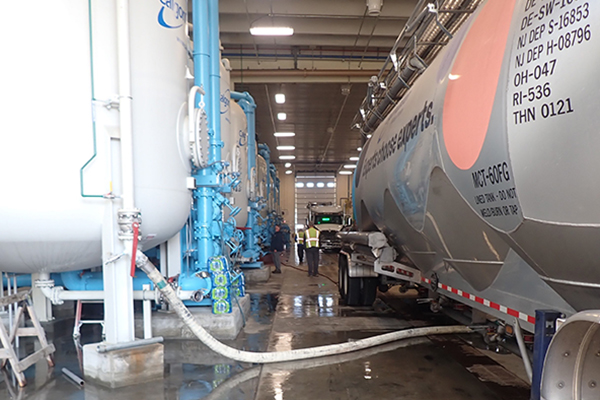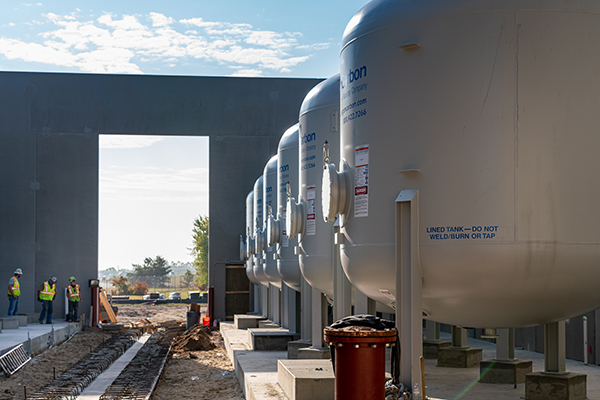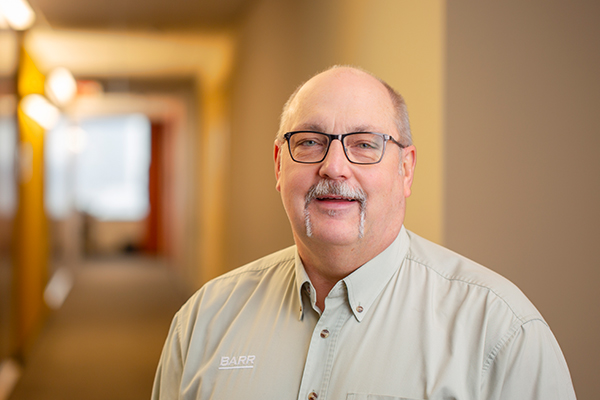PFAS
While others consider PFAS a contaminant of emerging concern, Barr has been working on PFAS-related issues at a national level since the early 2000s, when we originally helped the PFAS-manufacturing industry develop an understanding of the extent of their perfluorooctanoic acid (PFOA) use and its fate in multiple manufacturing processes.
Since that initial project, Barr has helped numerous clients across the country and around the world deal with the complexity of the growing list under the PFAS family.
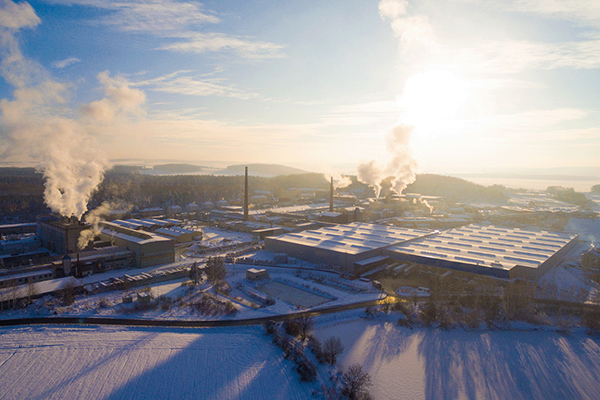
Our award-winning work includes treating drinking water and wastewater, investigating PFAS impacts in various environmental media, air emissions testing, managing landfill leachate, and addressing stormwater and groundwater contamination for PFAS. To meet client needs and evolving regulatory requirements, our team is constantly evaluating existing and emerging PFAS treatment and remediation technologies in a variety of media and site conditions. Our team closely follows local, federal, and international regulatory developments to help clients navigate the quickly changing requirements to properly address PFAS.
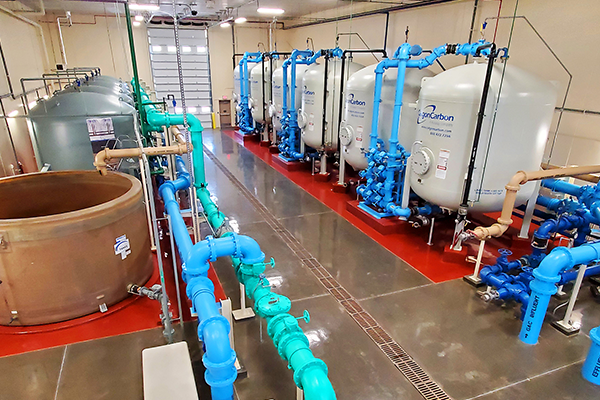
Experience that leads to practical PFAS solutions
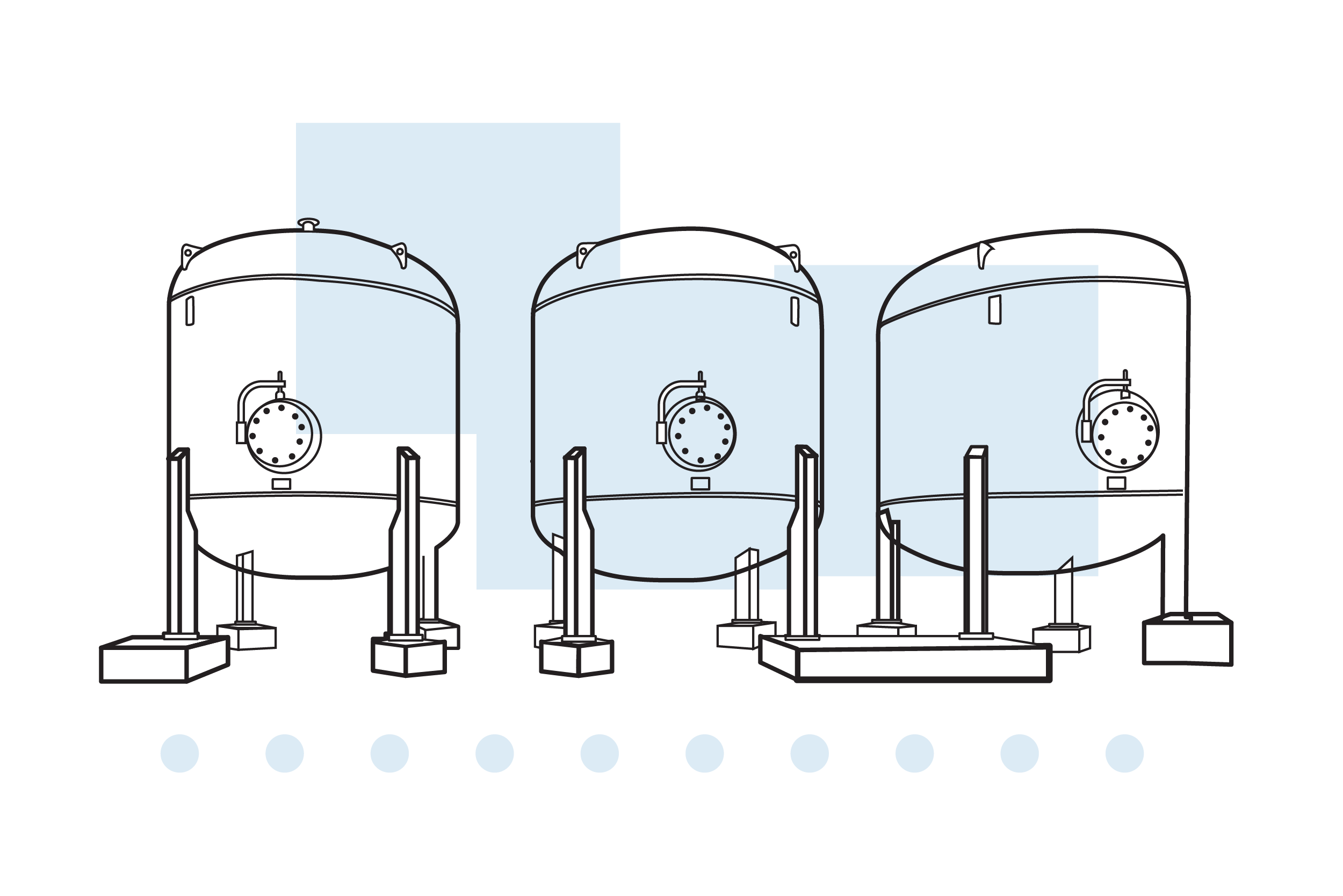
Mass balance
If you operate a facility that uses PFAS or has a legacy of their use, a multimedia mass balance can help account for air, waste, water, and product streams and can help you more fully understand the extent of your potential PFAS releases.
PFAS creates unique challenges to fully discern the impacts in and around a facility. With nearly two decades of experience with PFAS mass balance studies, Barr has developed the tools and approaches needed to provide clients with accurate results and a comprehensive understanding of their facilities.
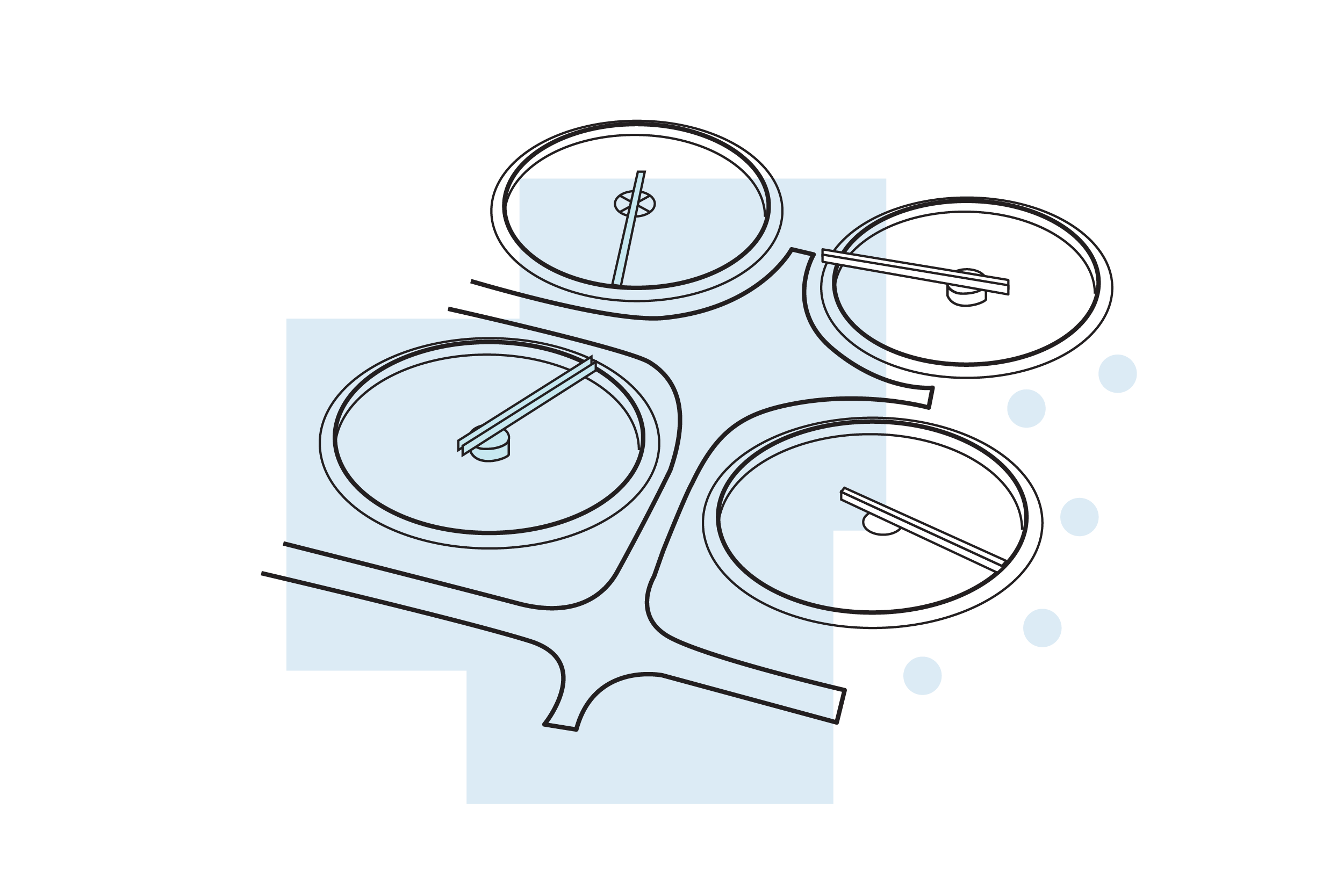
Water and wastewater
Due to its durability, PFAS can be difficult to treat. Our PFAS water treatment design portfolio spans over two decades, with projects in municipal and industrial applications. Our water and wastewater engineers help clients evaluate PFAS impacts in groundwater, process wastewater, and other sources; work with them to navigate treatment and non-treatment options; and provide support for emergency-response PFAS water-treatment system design and implementation. Barr is a leader in evaluating emerging technologies and providing the best solution to address specific site conditions and needs.
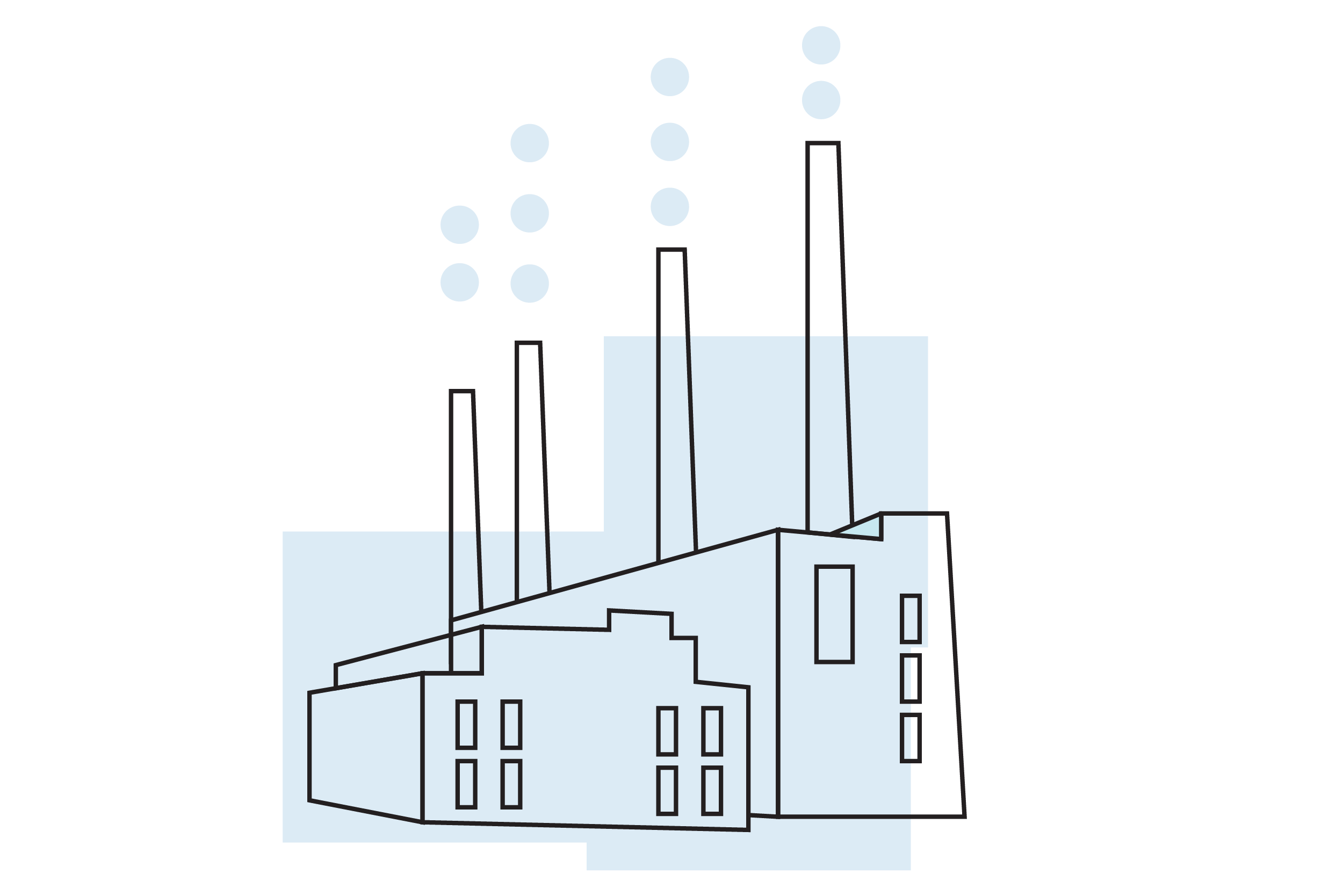
Fate and transport
Subsurface fate-and-transport modeling is a useful tool when the need to understand and possibly predict future groundwater contaminant behavior can’t be met with field data collection alone. For the investigation of PFAS at several manufacturing facilities in the eastern United States, Barr has coupled models for air dispersion, surface flow, unsaturated zone flow and transport, and saturated zone flow and transport to develop and refine complex site conceptual models. We are working closely with environmental regulators in each state to help them understand how the models link together to produce an accurate site conceptual model illustrating the dispersion and transport of PFAS around each facility.

Stack testing
Barr’s engineers, scientists, and technicians that perform stack testing have the knowledge and experience needed to complete your project efficiently. It is through this multi-discipline collaboration that not only has Barr performed PFAS stack tests for over 20 years, but our method developments have been incorporated into those promoted by the U.S. EPA and are utilized by the industry at large. Because our stack testers work closely with engineers who prepare air-quality permit applications, we view stack testing as part of your facility’s big picture. Before performing a test, we review the permits and regulations governing compliance. If testing is needed, Barr can provide a full range of services, including test-plan preparation, regulatory negotiation, sample collection, process-data monitoring and collection, lab analysis coordination, and data analysis and interpretation.
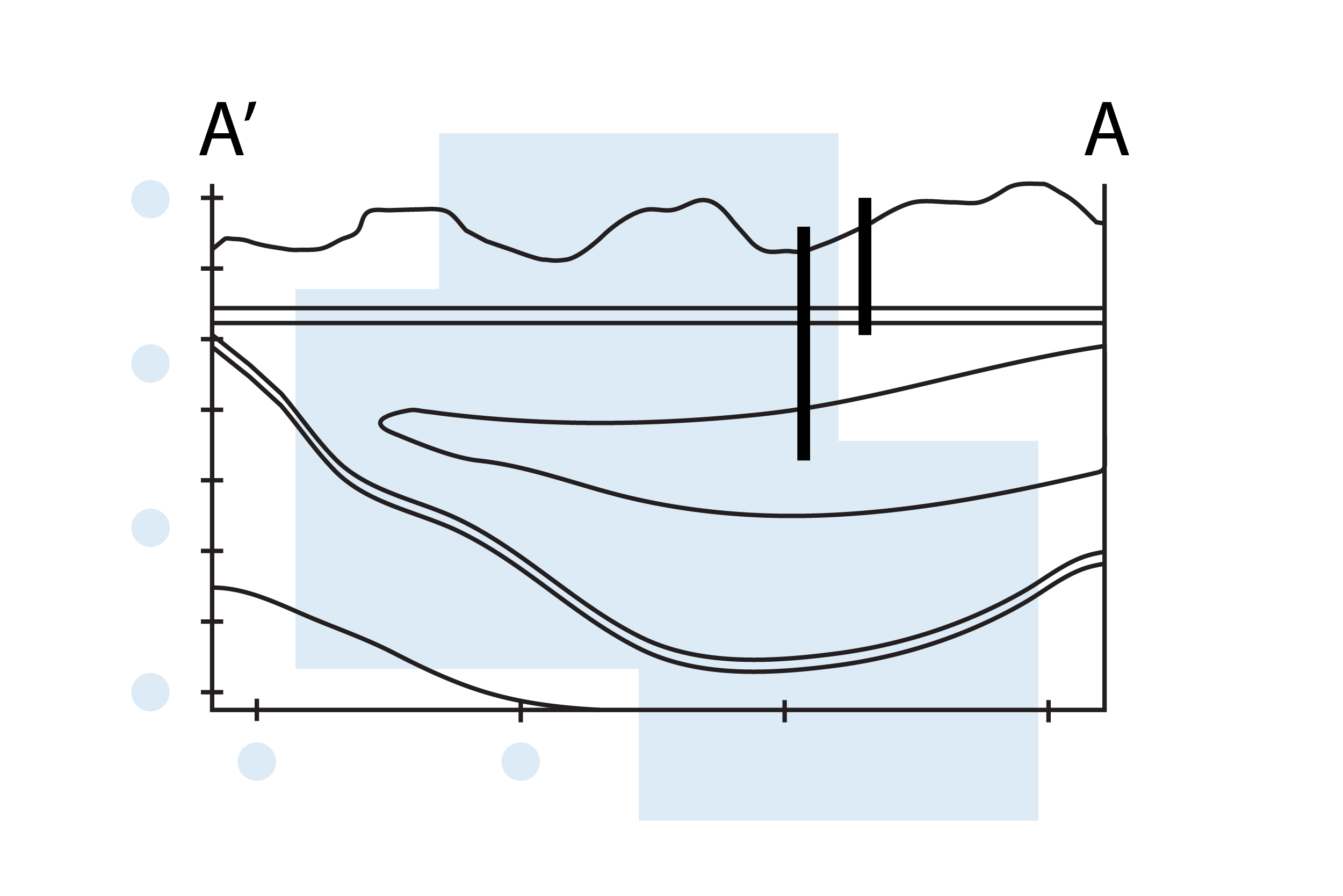
Assessment and remediation
A core specialty at Barr is evaluating site histories and conducting field investigations for potential environmental impacts through Phase I and Phase II environmental site assessments and other approaches. As more is learned about PFAS compounds in the environment, the evaluation of potential historical uses of these compounds has come to the forefront. Barr’s nearly two decades of experience working with PFAS compounds, familiarity with the PFAS manufacturing industry, and focus on the chemistry of these compounds has set us apart from firms who have just recently begun working on PFAS-impacted sites. Our environmental engineers and geologists have completed thousands of assessment and remediation projects for public- and private-sector clients. This work has given us extensive experience on complex projects involving a wide variety of groundwater, surface water, and soil contamination investigation and remediation issues.
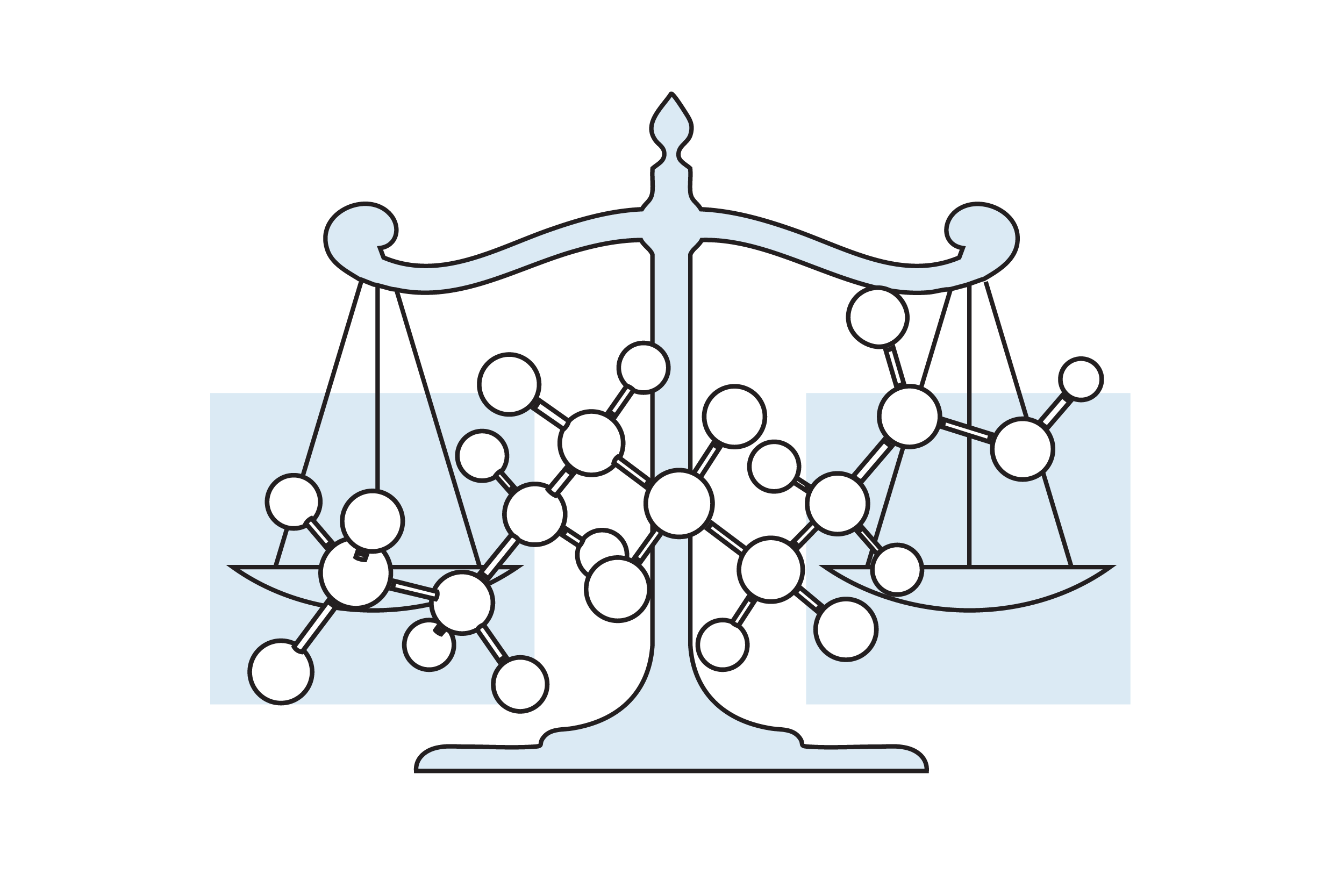
Litigation support
Barr’s PFAS practice started by creating a groundbreaking PFAS fate-and-transport model for an attorney. We continue to offer expert technical support for PFAS litigation, addressing issues related to air quality, water resource management, waste management from water treatment, risk assessment, and remediation.
Through our extensive project work with attorneys, we have gained a thorough understanding of regulatory requirements and assembled a skilled team to interpret them. Barr provides the technical insights and data visualization tools necessary to support a comprehensive legal strategy for individual clients, multi-district litigation, or insurance companies.
When the city of Bemidji discovered PFAS in its water supply, it turned to Barr to plan for and implement immediate and short-term response actions, as well as evaluate and test alternatives for a long-term solution. We designed and provided construction observation for a 2.2 million-gallon-per-day drinking water plant that successfully removes PFAS, iron, and manganese.
After PFAS was detected in public water supplies and private wells at or near manufacturing facilities, Barr became part of a consulting team that evaluated potential release mechanisms from multiple facilities, including sampling and analyzing process streams, air emissions, and process wastewater. Site investigations involved soil, groundwater, surface water, and sediment sampling; interior building surveys; and review of historical and background materials. Barr lead development and refinement of complex site conceptual models that incorporate coupled air-dispersion, groundwater-flow, and fate-and-transport models.
